I have spent some time looking at this image, and although I am seeing very unusual (to me I am not a geologist) "structures" in the rock, I don't think they are actual "fossils" or "objects", but are natural formations that happen to look quite animalistic or fossilistic (not sure if this is a word, I mean as in they look like fossils).
I own a rock that I thought could be a Fossil snake or turtle head, but when I showed it to an "expert" they said it was not.
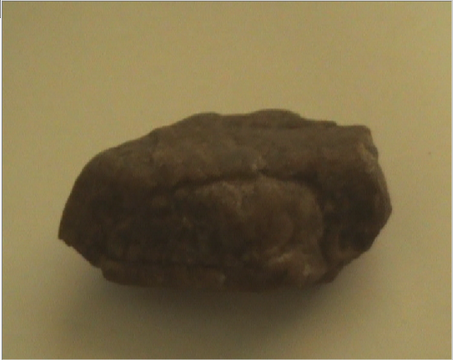
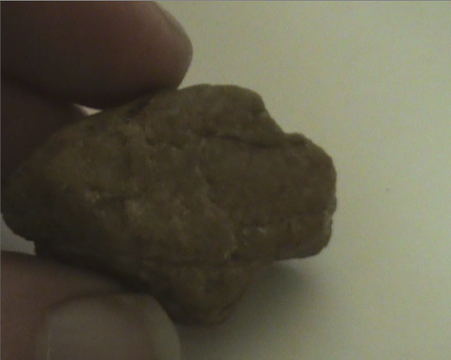
I also found what I thought may be a fossilised bone, but again it was not:
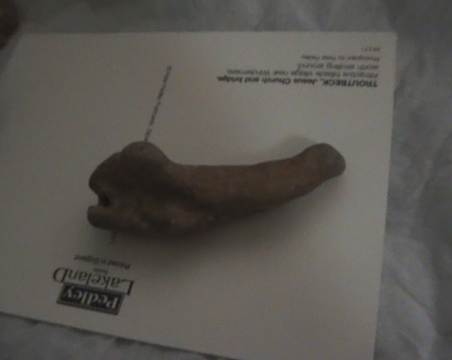
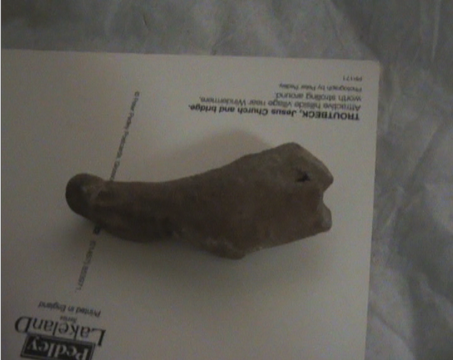
I did however find a genuine fossil:
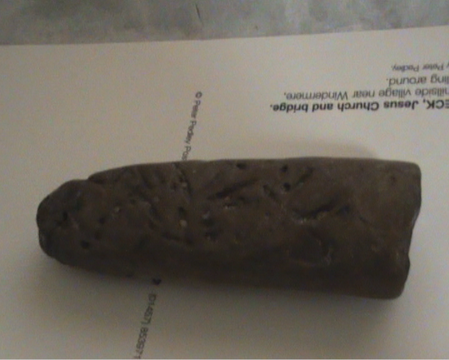
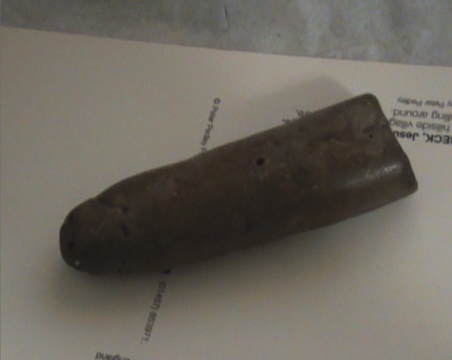
Just because it looks like a thing, it doesn't necessarily mean it is, and the reason I posted my "rocks" is because unlike anything on Mars I could actually "handle" them and I was still fooled.
Human vision is miraculous and a thing of wonder, but it does have its limitations and fallibilities. There is a certain amount of "automatic correction" in the brain when we look. We are not alone in this weakness, for example think of a fish "eating" a man made "lure" or "Fly" that "mimics" a natural food item, and then remember that Oktopodes and Squid will also take "Lures" and in some species of Squid their vision is superior to our own. I have also seen White sharks attack lures in the rough shape of a seals silhouette.
The reason I am saying this is because I think that the "Hardwiring" of the brain of the observer has a lot to do with what is percieved. (back to fish again

) :
If we take the example of the White shark attacking a roughly seal shaped lure, we would not expect the same response from a Whale shark because it eats much smaller food and would not have the "instinct" to attempt to consume such a large potential food item. (the Seal shaped lure)
It is evident to me that Humans are "hardwired" to recognise patterns, and here on earth have been exploiting, adapting and incorporating natural geological formations into their works of art from time immemorial.
Having said all that if I was tasked with looking for evidence of life on Mars, I think that looking for patterns in rock similar to fossil formations found on Earth would be a worthwhile endevour at least as a starting point for further investigation. I should also say that I do not believe in any form of life outside of Earth, but I remain open minded, I will say however I am not buying any "pyramid" type of structures or "lost" Martian cities or "relics" especially just from photographs.



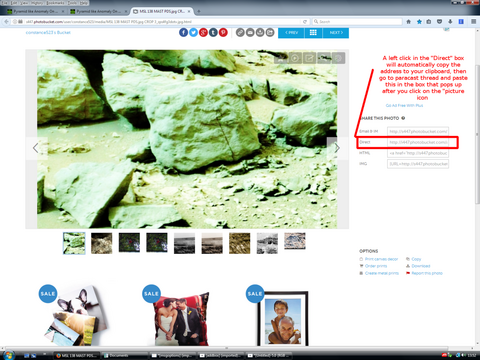

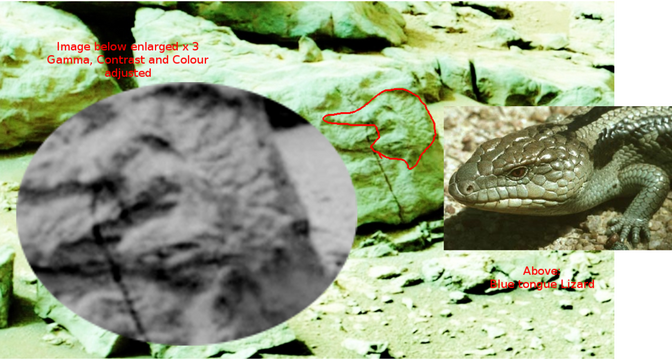
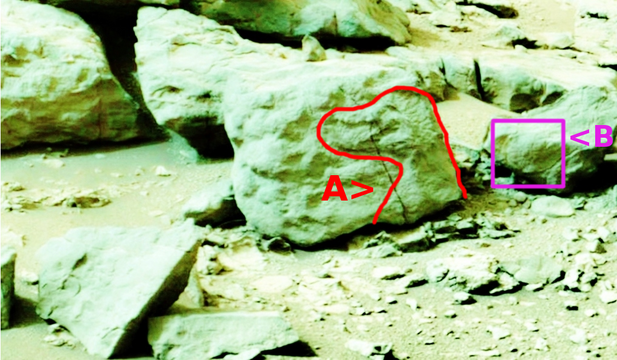
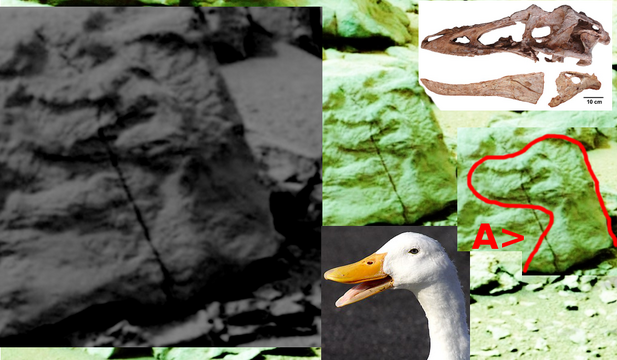
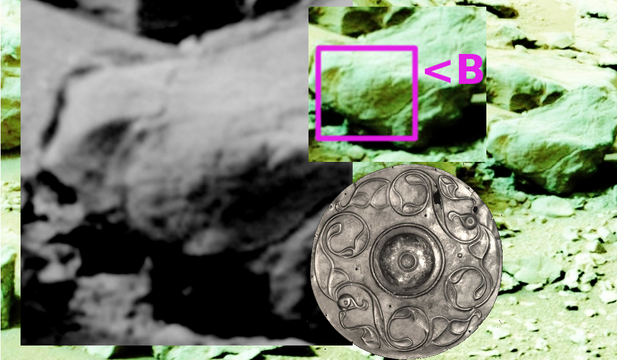

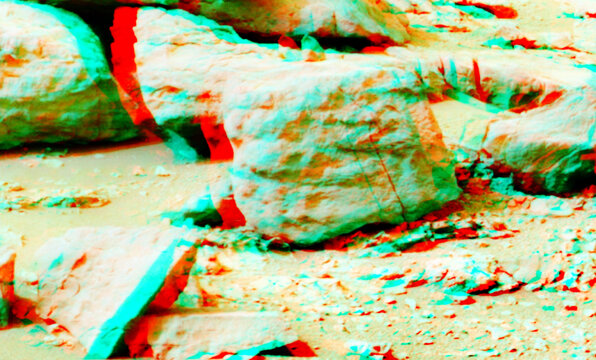






 ) :
) : 